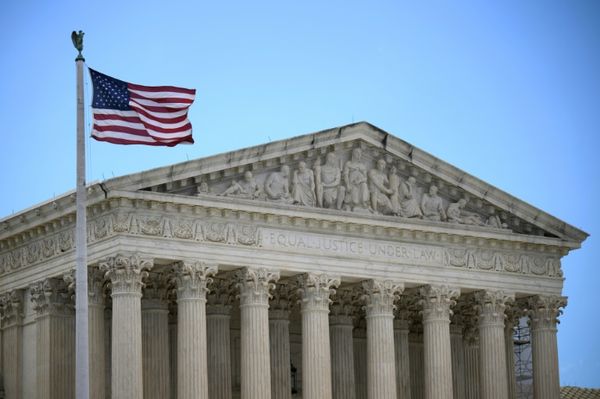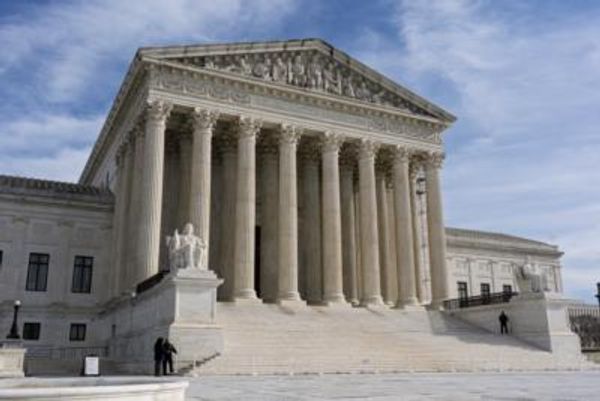Establishing a fund to pay for green space in new developments and allowing bigger buildings if they include rooftop or vertical gardens are among the recommendations from planning experts to boost Sydney's urban nature.
A new report from the Committee for Sydney, called Nature Positive Sydney, outlines ways to reverse the decline of nature and ecosystems across the city from apartment balconies to greenfield developments.
Report author Sam Kernaghan said development was inevitable, but financial incentives were needed to maximise the amount of "living infrastructure" and incorporate First Nations knowledge.
"We're trying to create a carrot opportunity where it's actually trying to push behaviour in the right direction," he said.
Mr Kernaghan said other major cities had introduced incentives for developers to add more greenery.
Singapore has a scheme that has funded up to half the installation costs of rooftop or vertical greenery at 110 existing buildings.
London has introduced an Urban Greening Factor tool that measures the amount and quality of urban greening in new developments and the City of Sydney is working on something similar.
The report recommends the NSW government create a living infrastructure fund to contribute to the cost of green space in developments.
It suggests the money could be raised by imposing a levy on ratepayers, similar to the waste levy.
It also recommends an increase in the floor-space ratio as a reward for developments with more green measures.
Community gardening 'outdated'
The NSW government has a target for 40 per cent tree canopy cover across Greater Sydney by 2036, but the Committee for Sydney report suggests vegetation and water quality targets are also needed to reflect the government's aims.
"If it's cooling, we know that it's not just canopy, we also need understorey vegetation … when we're trying to support pollinators and birds and those kinds of things, we need different types of vegetation," Mr Kernaghan said.
The report says more plants could be added underneath residential street trees and paving in quiet alleyways could be removed to make way for "active ecologies".
Residents should also be encouraged to grow more trees and pollinator-friendly flowers, while a new approach to community gardens was needed.
"The traditional 'community gardening' model predicated on access to public space to garden is outdated and not fit for purpose in high density urban contexts," the report says.
Instead, it suggests "garden clubs" are more useful, giving residents space to grow seedlings and pot-up balcony plants, rather than having to lug heavy soil upstairs.
Major infrastructure should be 'green link'
Built By Nature CEO Amanda Sturgeon said natural disasters have highlighted that living infrastructure was not just a "nice-to-have".
"It's really essential when we start to think about increasing heat, climate change, climate resilience," she said.
But some remained reluctant to adapt, requiring more government intervention, Ms Sturgeon said.
"The real estate industry traditionally is not quick to change and quite risk averse. So, I think, it needs some incentives to make it happen," she said.
She urged the government to lead the way by using its major rail and road projects underway to create "green links".
She pointed to Sydney Metro West, a new rail line to Parramatta, which she argued should include reintroducing mangroves and wetlands along the riverfront and harbour that the line passed.
Ms Sturgeon said the largely undisturbed sides of the train tracks and roads could also be transformed into biodiverse corridors, arguing it should be a requirement of new projects.
"I'm not convinced it would cost any more — creating new pipes and concreting it over versus creating natural drainage with gullies and wetlands," she said.
Shifting from people-centred to country-centred design
The report recommends setting up a research and training centre focused on First Nations knowledge and country-centred design.
The proposed Centre for Urban and Indigenous Ecology would develop trade training programs with Indigenous elders for a horticulture and landscape architecture industry long dominated by traditional European methods.
The principal architect in the office of the Government Architect NSW, Dillon Kombumerri, has been working on shifting planning from a human-centred to country-centred approach.
"Humans are very bold, we think we can do anything … But you know, it's not true, mother nature has a way ultimately," Mr Kombumerri said.
He referred to work on the new Western Sydney airport to preserve significant sites, protect ridge tops and creek lines, and understand the importance of Wianamatta Creek.
Mr Kombumerri said working in harmony with nature was not "easily achieved by reading a book or listening to one podcast".
"It requires genuine relationships and trust to be built with Aboriginal communities," he said.







